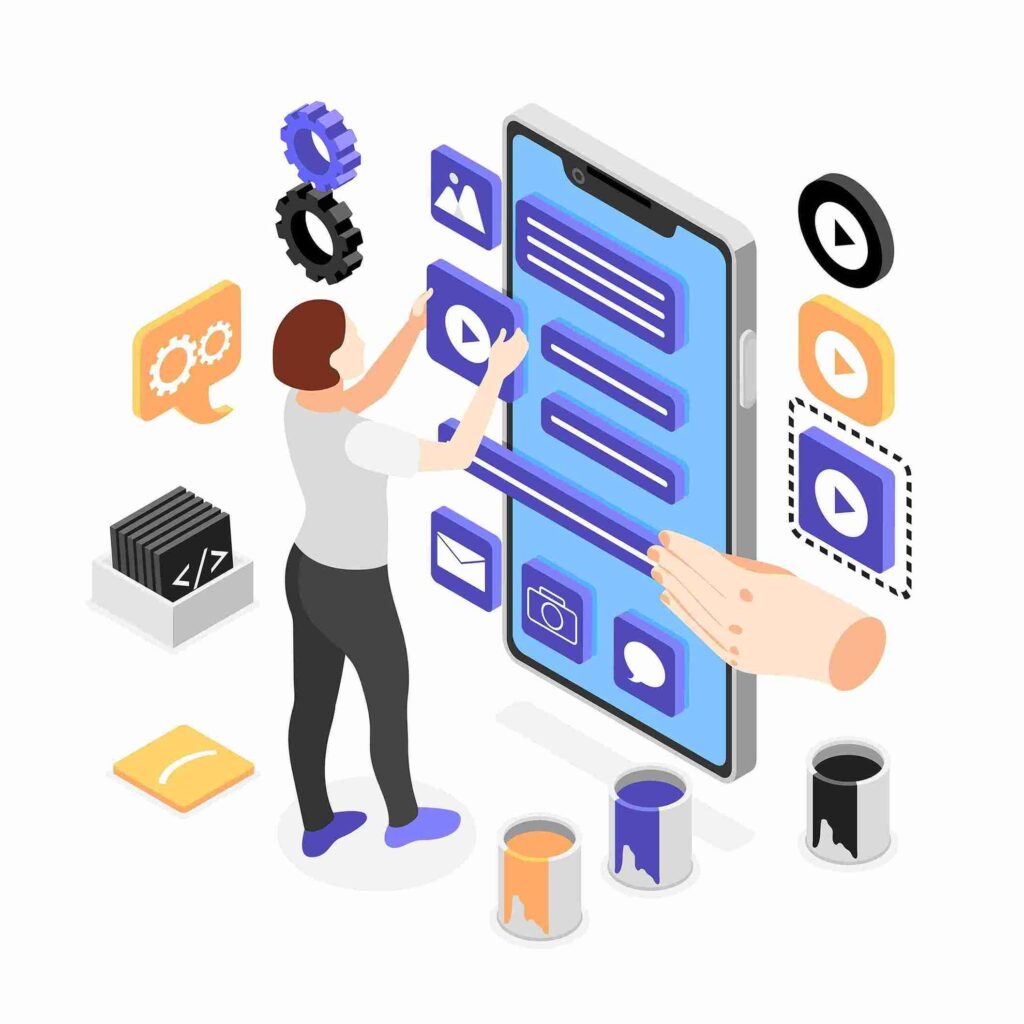Android App Development
Being amongst the most popularly used mobile platforms, Android holds the capacity to lift your business to a higher level. IT Chimes helps your business build a strong and whole Android development cycle through the unique features of Android.
The experts at IT Chimes are responsible in handling backend integrations for all the types of Android App. The end users are able to make the best use of mobile apps by enabling access to business data and giving a close connection to the resources and systems based on your choice irrespective of their location and type.
The Steps Of the Android Development Cycle Can Include

Frequently Asked Questions
The primary languages used in Android App Development are Java and Kotlin. Java was the original language for Android development, but Kotlin, introduced by JetBrains and officially supported by Google, has become increasingly popular due to its modern features.
Android Studio is the official integrated development environment (IDE) for Android App Development. It provides tools for coding, debugging, testing, and packaging Android apps. Android Studio supports both Java and Kotlin languages and offers features like a code editor, emulator, and built-in libraries.
The key components of an Android application include:
- Activities: Represent a single screen with a user interface.
- Services: Background tasks that run without a user interface.
- Broadcast Receivers: Handle communication between Android OS and applications.
- Content Providers: Manage shared application data.
To publish an app on Google Play Store:
- Create a Google Play Developer account.
- Prepare your app, including signing it with a release key.
- Upload the app’s APK or App Bundle to the Play Console.
- Fill out the app’s store listing, including descriptions, screenshots, and ratings.
- Set the pricing and distribution options.
- Submit the app for review and publishing.
APK (Android Package Kit) is the file format used by Android to distribute and install apps. It contains all the necessary files for an Android app, including the code, resources, and manifest file. When you download an app from the Google Play Store, you’re downloading and installing an APK.
A mobile app is a software application specifically designed to run on mobile devices like smartphones and tablets. It is installed directly on the device. A mobile web app, on the other hand, is accessed through a web browser on a mobile device and typically doesn’t require installation.
Common challenges include:
- Fragmentation: Due to the variety of Android devices with different screen sizes, resolutions, and OS versions.
- Performance Optimization: Ensuring the app runs smoothly across various devices.
- Security: Protecting user data and securing the app against vulnerabilities.
- User Experience (UX): Designing an intuitive and user-friendly interface.
Best practices include:
- Use of MVVM or MVC architectural patterns for better code management.
- Optimizing app performance by reducing memory usage and battery consumption.
- Implementing responsive UI/UX to support different screen sizes.
- Regularly testing the app on various devices and Android versions.
- Keeping up-to-date with Android development trends and updates from Google.
